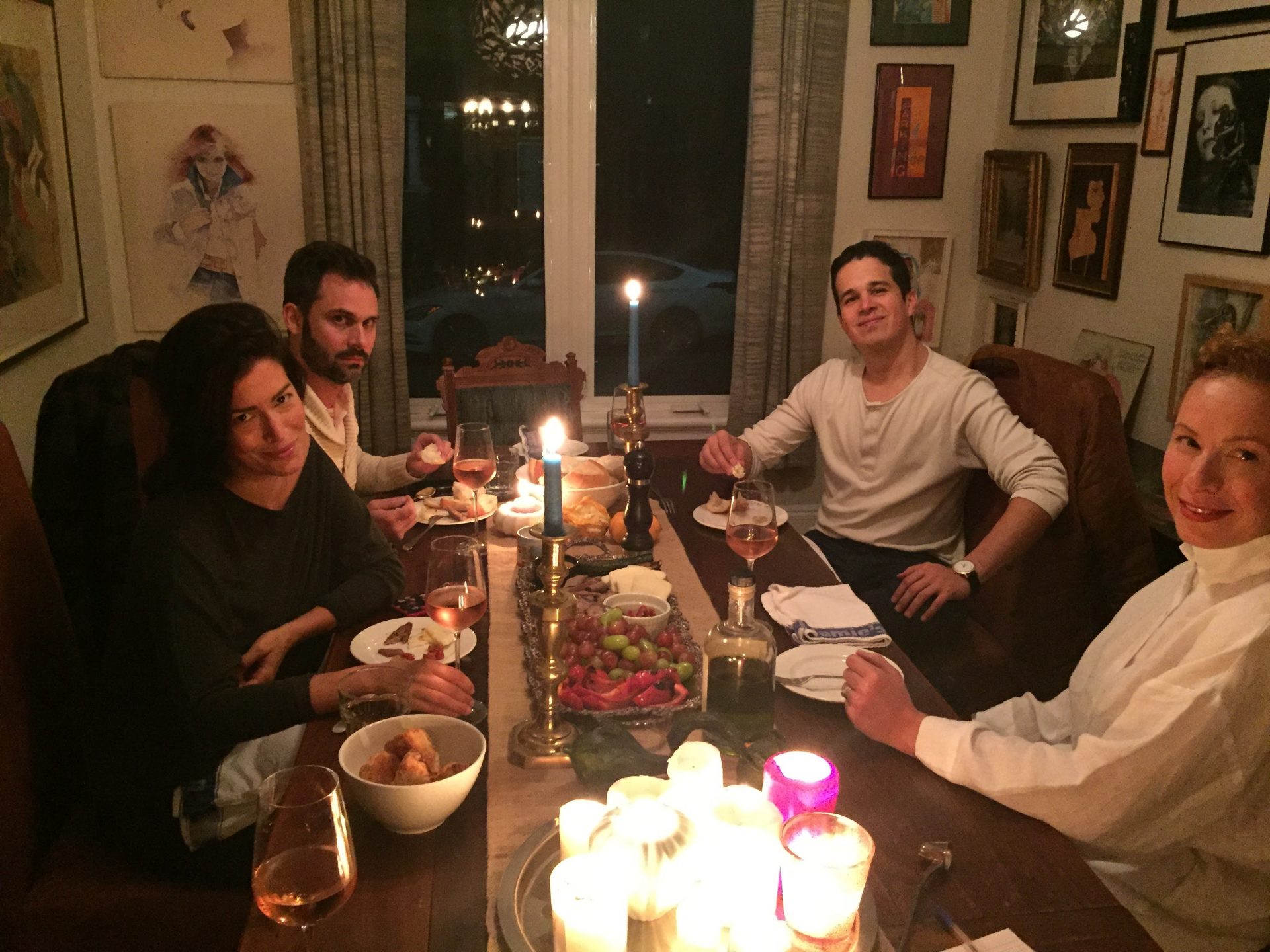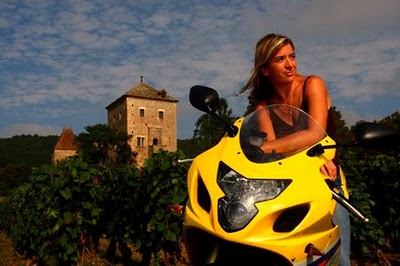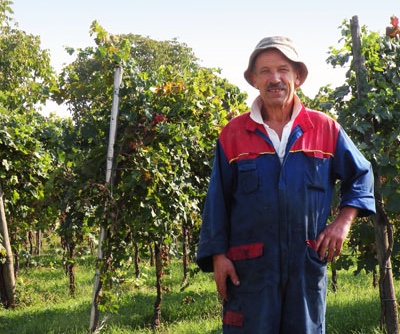
Just a few old friends getting together for a game of catch-up with lashings of Provençal rosé. The perfect libation for this time of year.
Regular readers of Good Food Revolution will be more than familiar with our love for good rosé wines. Despite the much celebrated mainstream acceptance of rosé, there are still many who think of it only as a wine for the summer months, for sipping on patios and on the dock; we here at GFR are strong advocates of enjoying the pink stuff into the crisper days of fall and right through the unforgivingly chilly Canadian winter. With this in mind, we invited a small group of close friends around for a discussion centred around the pleasures of rosé during these autumnal months, all lubricated by some terrific Provençe rosé, and a surprise interloper from Roussillon.
Procençe rosés are usually made from a combination of Mourvèdre, Grenache, Cinsault, and Carignan, with Syrah and Cabernet Sauvignon occasionally making an appearance in the blend. In the glass they can show from a bright, vibrant light purple, through to a seductive onion skin-like orange/pink.
Although all five of the group were keen rosé enthusiasts, it quickly became apparent that most usually enjoyed their rosé alongside the warmth of the summer sun. We spoke of what makes for the superlative winter rosé, and I presented my personal theory about the more gastronomically inclined style of structured rose, the style that lends itself to food pairing as opposed to poolside sipping.
After much frank debate (and, to be fair, a fair bit of Provençal wine) it transpired that all of us were looking for exactly the same elements in our slightly more serious winter rosés: distinctly crisp and dry with lip-smacking acidity, a bouquet and palate that leaned much more towards the savoury end of the spectrum, a slightly astringent (but undeniably pleasant) tannic structure, and a hauntingly persistent savoury finish… oh, and it always helped if it was priced under $20, which is handy, as the Provençal rosés I have enjoyed the most over the years tend to come in around the $17 to $20 mark. There also seemed to be a general consensus that a garrigue-like funk (read: underbrush) was a very attractive quality in such a wine, perhaps a characteristic that may deter the less experienced taster, but our group found great pleasure in its presence.
We tied up the evening in agreement that we all needed more rosé in our lives all year round, and that the two Provençe rosés had really hit the spot that night.
Below are the group’s thoughts on the three wines we tasted, with some decidedly judicious paraphrasing:
2016 Château La Tour de L’Évêque Rosé, Provençe, France (Alcohol 13.5%) LCBO Vintages $18.95
Rachel: I love the crispness of this one, very dry, this is my kind of rosé, for sure… I get some herbs on the nose too, like thyme, and red berry fruit
Franco: I get hints of durian fruit here, very tropical, and there’s a bit of funk too… a good funk, garrigue… a really long finish too
Andres: I like the funk… I really like the funk… there’s passion fruit too… I’d choose this as my perfect brunch wine… seriously!
Zöe: This one manages to be both mouth-filling and crisp, which is interesting… medium-full bodied but with a real delicacy. A pretty well made rosé in my opinion
![]()
(Four apples out of a possible five)
2016 Gabriel Meffre GM Rosé, Provençe, France (Alcohol 13%) LCBO Vintages $17.95
Rachel: I’m picking up on lots of strawberry fruit here, and some lovely floral notes… I find there to be some herbs on this one too
Franco: This is exactly what I would expect with a Provençe rosé, there is some structure too, works so well with these roasted vegetables and cheese… ticks all the right boxes for classic Provençe rosé… the colour is picture perfect too… onion skin
Andres: This is the perfect match for this food… now this is what I enjoy as a food friendly rosé… so crisp and fresh… I could drink a lot of this… is there any more left?
Zöe: Now this one tastes more acidic, and that’s a good thing. I think that this is the most gastronomic of the three… this is structured, like you said… there’s a mineral element too, on the back of the palate
![]()
(Four and a half apples out of a possible five)
2016 Tessellae Rosé, Roussillon, France (Alcohol 13.5%) LCBO Vintages $15.95
Rachel: Ah, this one really smells of ripe peaches, this is delicious… what an interesting nose… I’m not so convinced about the palate though
Franco: This is certainly a rosé that works better with food, the riper fruit shows that it’s from a little further southwest, as it doesn’t dance as elegantly as the two from Provençe
Andres: I’m picking up on that peach, stone-fruit thing on this one… it’s very different from the other too… not better or worse… just really different… tastes as if it may be a bit boozier too
Zöe: Would I be right in saying that this is much riper? I think it is. I don’t find it quite as refreshing and enjoyable as the other too… it’s much rounder, but I prefer a crisper style myself
![]()
(Three and a half apples out of a possible five)

Some prefer their rosés in the warmer months, but here at GFR we are all for bringing a bit of Provençe sunshine into our lives all year round.

Edinburgh-born/Toronto-based Sommelier, consultant, writer, judge, and educator Jamie Drummond is the Director of Programs/Editor of Good Food Revolution… And what a lovely crowd that was.








If you love Provence Style Rosés you should really try Daniel Bontorin’s Seven Direction wines. http://sevendirectionswine.ca/seven-directions-wine.html from the Okanagan All his 2015/16 Rosés are sold out so you will need to wait until next spring.